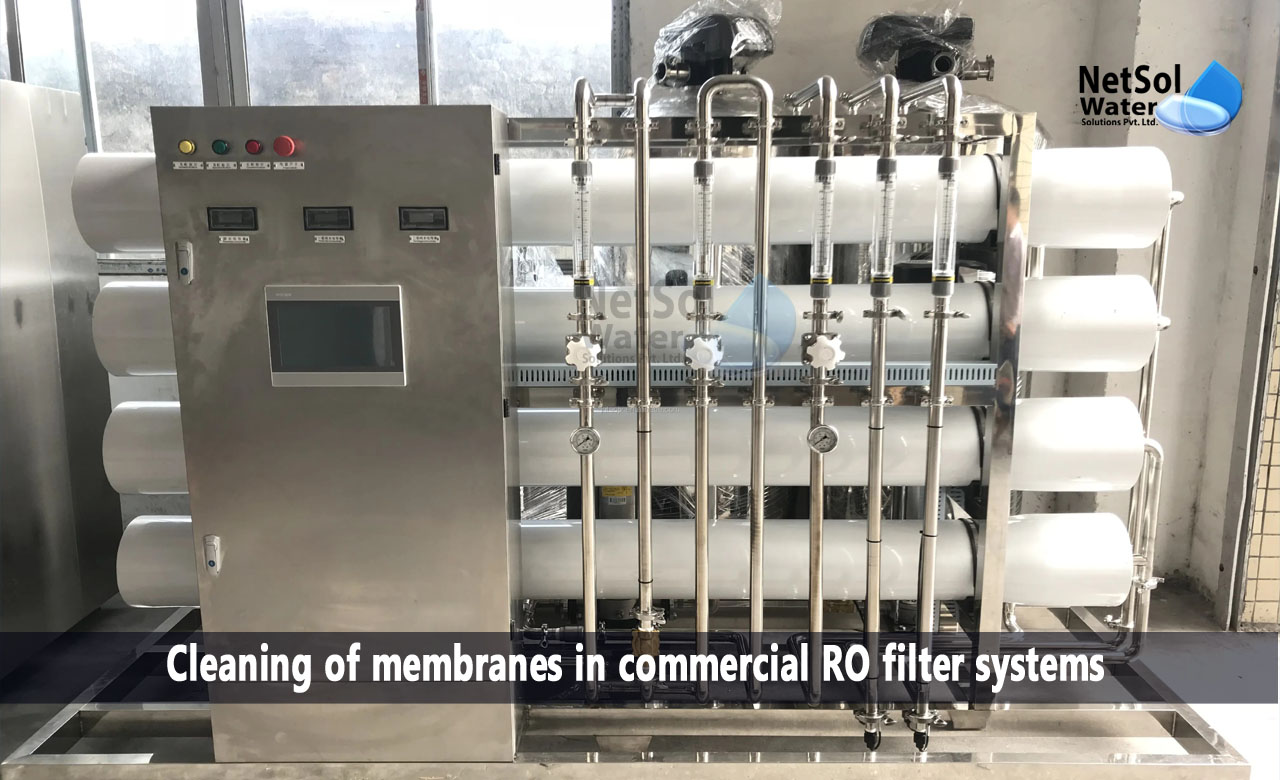An RO membrane is a semi-permeable membrane used in reverse osmosis (RO) systems to remove impurities and contaminants from water. The membrane is made of a thin film of synthetic material that contains microscopic pores or holes that allow water molecules to pass through while blocking the passage of dissolved solids, minerals, and other impurities.
The RO membrane is a critical component of an RO system, as it determines the effectiveness of the water treatment process. The performance of the membrane depends on its composition, thickness, and the size and distribution of the pores. Different types of RO membranes are available, with varying levels of permeability and selectivity.
Over time, the RO membrane can become fouled or damaged due to the accumulation of impurities, which can reduce the effectiveness of the RO system. Proper maintenance and cleaning of the membrane are essential to ensure the long-term performance and longevity of the RO system.
In this blog, we will discuss how commercial RO filter systems are cleaned.
How to Clean of membranes in commercial RO filter systems?
Cleaning the reverse osmosis (RO) membranes is an essential aspect of maintaining the performance and longevity of an RO system. Over time, RO membranes can become fouled or scaled due to the accumulation of impurities, which can reduce the effectiveness of the RO system and ultimately lead to membrane failure if left unaddressed.
The cleaning process typically involves the following steps:
1. The amount of water needed for the size and quantity of membranes to be cleaned should be added to the tank. Use softened or penetrated water, if not both.
2. Add the cleaning agent according to the manufacturer’s instructions. To make sure the solution is entirely homogeneous, use a mechanical agitator or recirculate in the tank. Always add cleaning agent to the water rather than the reaves to prevent reactions that could endanger your safety.
3. For the best effects, if heating the solution is possible, keep the temperature below 40 ° C. Check the temperature limitations for membranes.
4. Introduce the cleaning agent with the reject valve fully open. With the goal of a gradual solution entrance speed, control the feeding speed with a valve at the pump discharge. For 30 to 60 minutes, recirculate.
5. At the entrance and outflow of the membrane, check the pH and pressure at least once every fifteen minutes. It is advised to record this data in a log for equipment maintenance.
6. It is advised to let the membranes soaked in the cleaning solution and rest for the required amount of time, which can range from 45 minutes to 8 hours, when the contamination is extensive. Considering that extended exposure could harm the membrane and that the fluid is rather abrasive.
7. Use low pressure penetrated or softened water for rinsing, and then transmit the waste to the appropriate disposal system. Utilizing a TDS meter is a reliable method of determining when to stop rinsing. When the SDT value at the input and outflow is equal, the rinse must be stopped.
8. Return the reject valve to its original position, commission the RO and then check the water quality before putting it back into use. It is typical for it to take some time for the penetrated water's quality to stabilize.
Conclusion:
The frequency of cleaning the RO membranes depends on several factors, including the quality of the feed water, the type and size of the membrane, and the operating conditions of the RO system. Regular cleaning and maintenance of the RO membranes can help to extend the life of the system and maintain the quality of the treated water.
Do you need an advice or assistance on selecting the best water and waste water treatment unit? We have solutions for all your problems!
Let us now your problem, our experts will make sure that it goes away.
For an assistance or related query,
Call on +91-965-060-8473
Or write us at enquiry@netsolwater.com



